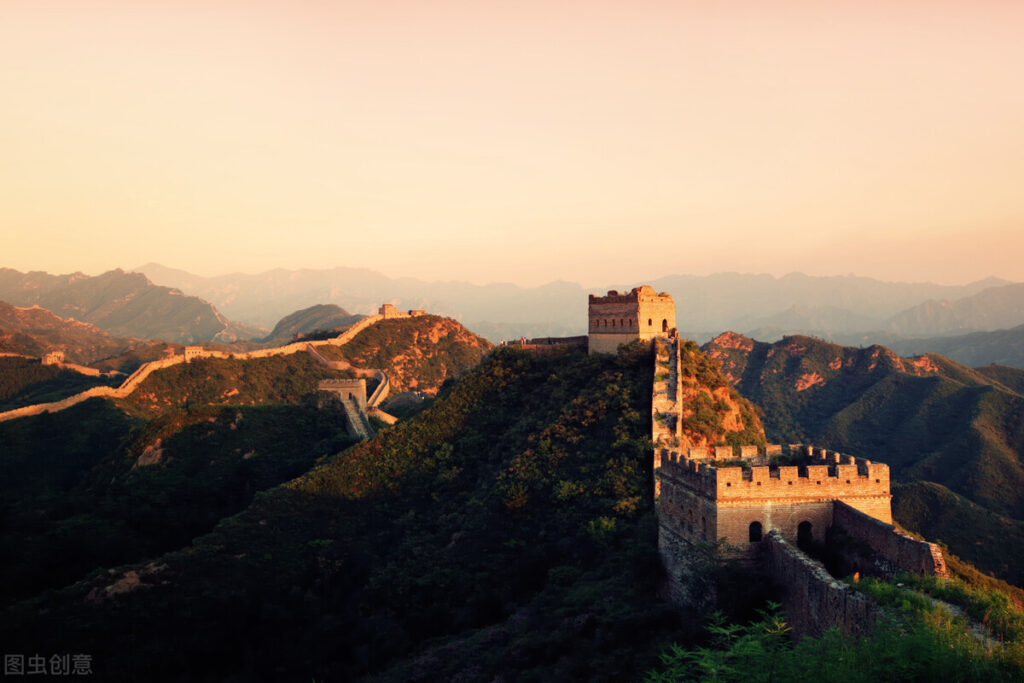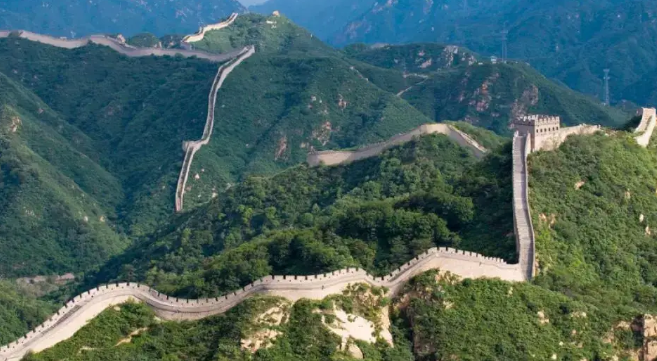
The construction of the Great Wall of China took place over many dynasties, with each dynasty contributing to its development and enhancement. However, the Qin, Han, and Ming dynasties are considered to have made the most significant contributions to the Great Wall’s construction.
Qin Dynasty (221–206 BCE)
The Qin Dynasty marked the first major phase of Great Wall construction. After unifying China, Emperor Qin Shi Huang ordered the connection of existing walls built by the states of Qin, Zhao, and Yan to form a unified defense against northern invasions. This initial Great Wall stretched over 5,000 kilometers (3,100 miles) and was constructed using rammed earth and other materials. The project involved a massive workforce of over a million laborers and took nine years to complete. This early version of the Great Wall laid the foundation for future expansions and improvements.

Han Dynasty (206 BCE – 220 CE)
The Han Dynasty significantly expanded and reinforced the Great Wall. The Han rulers extended the wall westward to protect the Silk Road trade routes, which were vital for economic and cultural exchanges with neighboring civilizations. The wall was strengthened with sections running parallel for hundreds of kilometers and interlinking along the Inner Mongolian border. The total length of the Han Great Wall exceeded 8,000 km (5,000 miles), making it the longest the Great Wall has ever been. The construction during this period not only enhanced military defense capabilities but also facilitated trade and communication.

Ming Dynasty (1368–1644)
The Ming Dynasty is renowned for the most extensive and systematic rebuilding of the Great Wall. After the collapse of the Yuan Dynasty, the Ming rulers undertook a 100-year project to fortify the wall against further northern invasions. The Ming Great Wall, which is the most recognizable version today, was built using advanced techniques such as bricks and stone, replacing the earlier rammed earth construction. This period saw the addition of numerous watchtowers, barracks, and garrisons, making the wall a sophisticated military structure. The Ming Dynasty’s efforts resulted in a more durable and formidable defense system that has endured to the present day.

In summary, while several dynasties contributed to the construction of the Great Wall, the Qin, Han, and Ming dynasties stand out for their significant roles in initiating, expanding, and perfecting this monumental structure. Each dynasty’s contributions reflect the evolving military strategies and architectural advancements in ancient China.